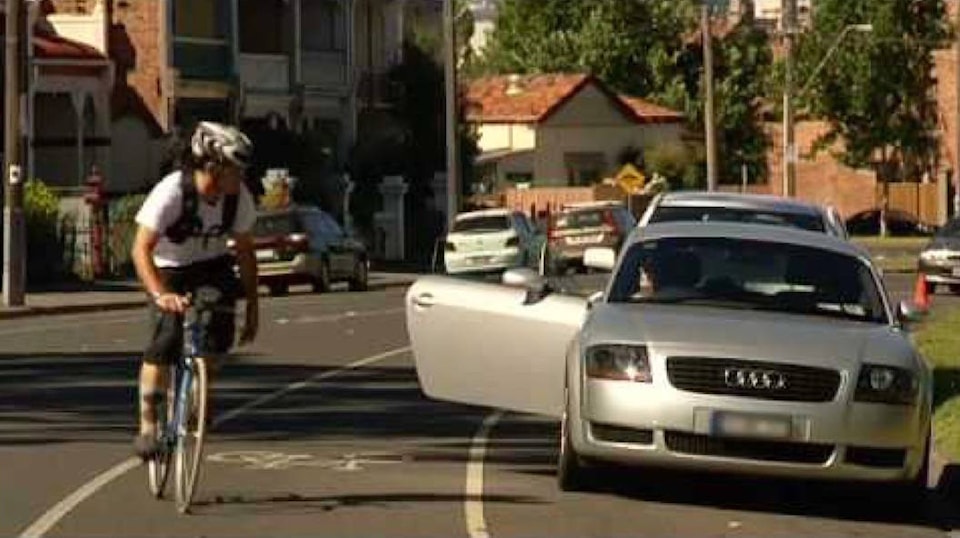Warm weather, as well as the school summer holidays, means that more cyclists are out on the province’s roads and highways. Crashes involving cyclists peak during the summer months, so ICBC is urging drivers and cyclists to take extra care when they are out on the roads.
Across the province, 740 cyclists are injured, and seven are killed, in car crashes between June and September every year. This means six cyclists are injured every day during the summer months in B.C. In the Southern Interior, on average, 160 cyclists are injured and three are killed every year during summer.
Lindsay Matthews, ICBC’s director responsible for road safety, says the corporation sponsors Bike to Work Week each June to educate drivers and cyclists alike. “It’s part of our commitment to support programs in communities throughout the province.
”Whether you’re on a bike or in a car, please look out for each other and share the road.”
Drivers should avoid getting distracted, and should watch for cyclists on the road. Make eye contact if you can, so cyclists can anticipate your next move. Signal well in advance if you need to cross a designated bike lane or pull over to the side of the road, and shoulder check for cyclists before turning right (and watch for oncoming cyclists before turning left). Scan for cyclists before you enter the road or get in or out of a parking spot.
Dooring—opening your vehicle’s door without checking to see if a cyclist is approaching—is dangerous. Drivers and passengers must shoulder check for cyclists before opening vehicle doors. This will keep cyclists safe, and help avoid a dooring violation and fine of $81 and two points.
Make sure to keep a safe distance from cyclists. Maintain at least three seconds behind cyclists, and leave at least one metre when you are passing a cyclist. Do not risk side-swiping, or running a cyclist off the road.
Cyclists should always wear an approved bicycle helmet that meets safety standards; it is the law in B.C., and you could be fined for not wearing one. Make sure it fits correctly: it should be snug, but not uncomfortable, and should not be able to roll off your head when the chin strap is secured.
Be extra visible by using reflective gear on your bicycle’s pedals and wheels, and stay off the sidewalks: it is illegal to ride on most sidewalks and crosswalks, as it puts pedestrians in danger (and drivers do not expect cyclists to enter the road from a sidewalk). If there is no designated bike lane, keep to the right-hand side of the road as much as it’s safe to do so.
Make sure to obey all traffic signs, signals, and rules of the road, and use caution around parked vehicles. Be aware of people in vehicles to avoid getting hit by an opening door.
It’s wise to stay at least one metre away from parked vehicles. And before making any turns, shoulder check and hand signal your intentions in advance, because drivers sometimes fail to yield the right-of-way.
For more information about cycling safety, and to see videos on cycling safety tips, visit the cycling safety page at www.icbc.com.
